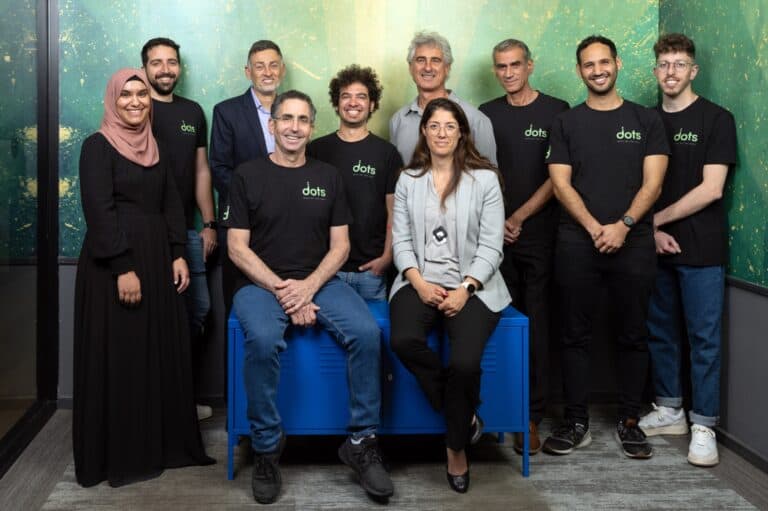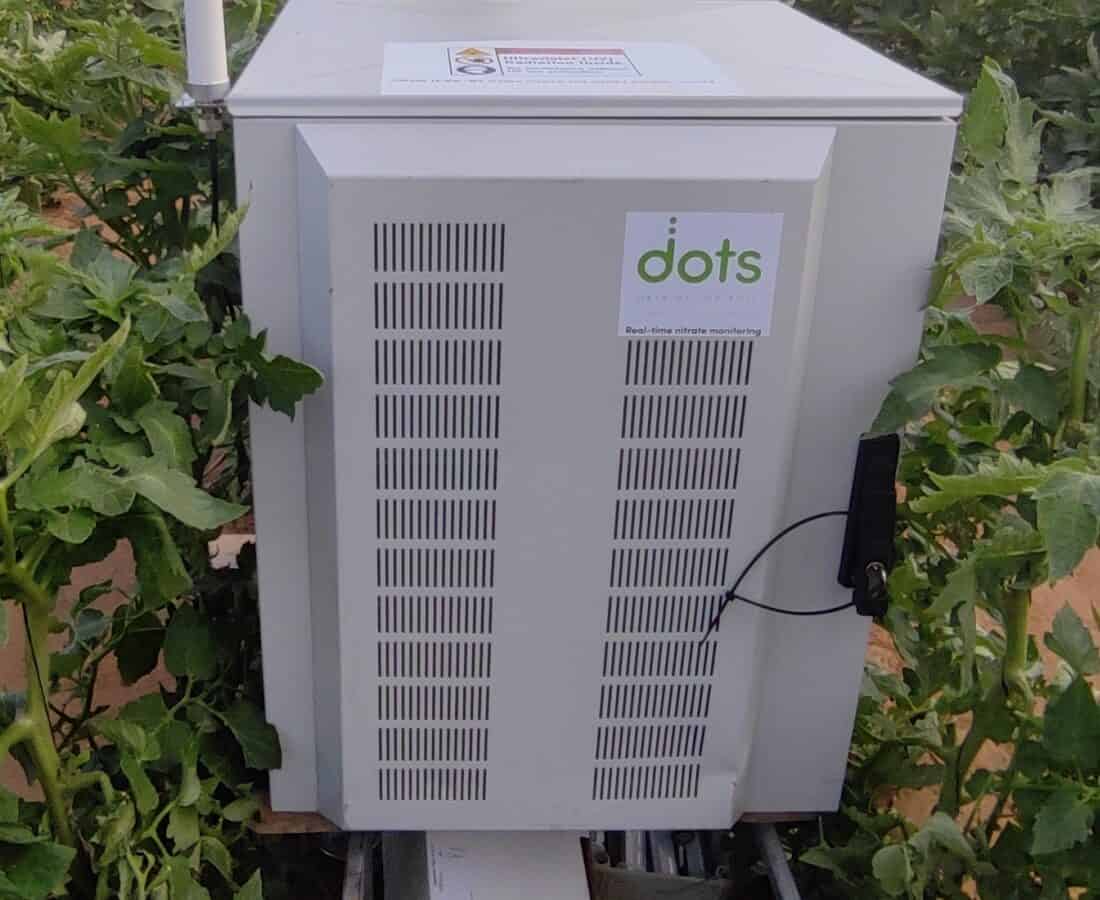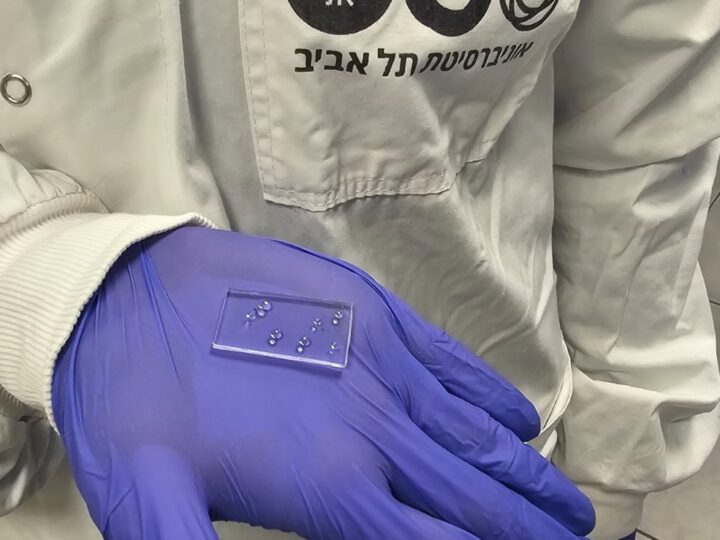“When we say agriculture, we think green and plants and land, it sounds very sexy. But the reality is that agriculture is one of the major contaminants in the world, both in terms of groundwater contamination and greenhouse gas emissions,” says Rafi Levi. “And fertilizers are the No. 1 contaminant in agriculture.”
Levi is the CEO and cofounder of DOTS (Data of the Soil), an Israeli startup bent on helping farmers cut down on the use of excess fertilizers by providing them with real-time monitoring of fertilizer in the soil.
This can save them a lot of money and, of course, protect the environment.
“DOTS was founded by two professors and one PhD at Ben-Gurion University of the Negev. The idea came up eight or nine years ago, when a student – today the PhD – began his MA and then his doctorate. Together with his professors, he wanted to examine how to reduce the pollution of groundwater,” Levi, the fourth cofounder, tells ISRAEL21c.
“The No. 1 contaminant of groundwater is excess fertilizer, which continuously leaches downward until it reaches the groundwater reservoirs,” he notes. “The reason for these excess fertilizers is that there’s no technology to continuously monitor their levels in the soil prior to each fertigation cycle.”
For lack of a direct, continuous monitoring solution, farmers try to deduce the fertilizer content in the soil by measuring salinity and electric conductivity.
“Because there’s no monitoring technology, the farming policy is ‘better safe than sorry,’ because deficits in fertilizer can ruin an entire season while excess fertilizer is just a monetary loss farmers are willing to absorb for optimal yield,” says Levi.
No guesswork
DOTS developed an innovative technology for real-time, continuous monitoring of fertilizer in the soil. More fertilizer is added only in the quantity needed.
“We extract a porewater solution from the soil and run it through spectral analysis, or electro-optical analysis, there at the ground level – and then we transmit the data to our cloud system where we segregate the various contaminants in the soil water solution and see the nitrate-based fertilizer,” he says.
“What my partners did was to develop the missing technology. We don’t have to measure periphery data and assess fertilizer levels – we directly measure the real thing. Presently, to the best of our knowledge, we’re the only company that enables soil-level, continuous real-time direct fertilizer data.”

Founded in 2021 and now with a team of 10 people in Beersheva, the company is starting a seed round and is moving from the demonstration level to a mass-produced product, which it plans to launch in about a year’s time.
DOTS tested the system in beta sites in Israel and plans to market the product primarily in the United States and Europe.
Hard to believe
One of the biggest challenges, Levi says, has been to overcome farmers’ skepticism.
“In the past, quite a few companies that said that they found a solution for this faded away or just found the bypass estimations. When we come to farmers and say that we have a solution that measures fertilizer levels they find it hard to believe.”
Proving the system works takes a full season.
“When a farmer says, ‘Show it to me,’ and we put the system in his farm, he says, ‘Okay, let’s talk at the end of the season and see the results.’ We have three to five months without any progress on our end. But at the end of such demonstration periods all the people we demonstrated to showed interest in becoming clients.”
Levi explains that farmers struggle with a dilemma: On the one hand, government regulations are increasingly limiting fertilizer application thresholds to reduce pollution of groundwater. On the other hand, reducing fertilizer application too much can affect crop yields.
The DOTS solution allows them to take the equation down to dollars and cents. After all, says Levi, the best way to incentivize farmers to save the world is to save them money.
“The prevailing number worldwide of over-application of fertilizers is 40 percent. We’re talking a $200 billion-a-year market, with $80 billion wasted. And this is where we come in. Once our systems are deployed, these $80 billion can be eliminated and brought back to the table. By making the farmer earn more, we’re leading to environmental protection.”
Fertilizer and seed companies, which set the guidelines on how much fertilizer to apply to each kind of crop, also have great interest in the ability to properly monitor fertilizer levels in the ground and give an optimized solution.
The norm of monitoring
DOTS is now installing its first systems in the United States, targeting controlled environments such as greenhouses and open fields watered by pressure- or drip-irrigation.
“We see ourselves as the benchmark or norm of monitoring. Once the industry realizes that there’s a working solution, pretty much every stakeholder in the industry will benefit. The farmers will save, the agronomists will give better data-driven service and the fertilizer and seed companies will give better services because they’ll be optimized,” says Levi.
“Because we’re a disruptive technology, there are no losers. Everyone can benefit here.”
For more information, click here.
















